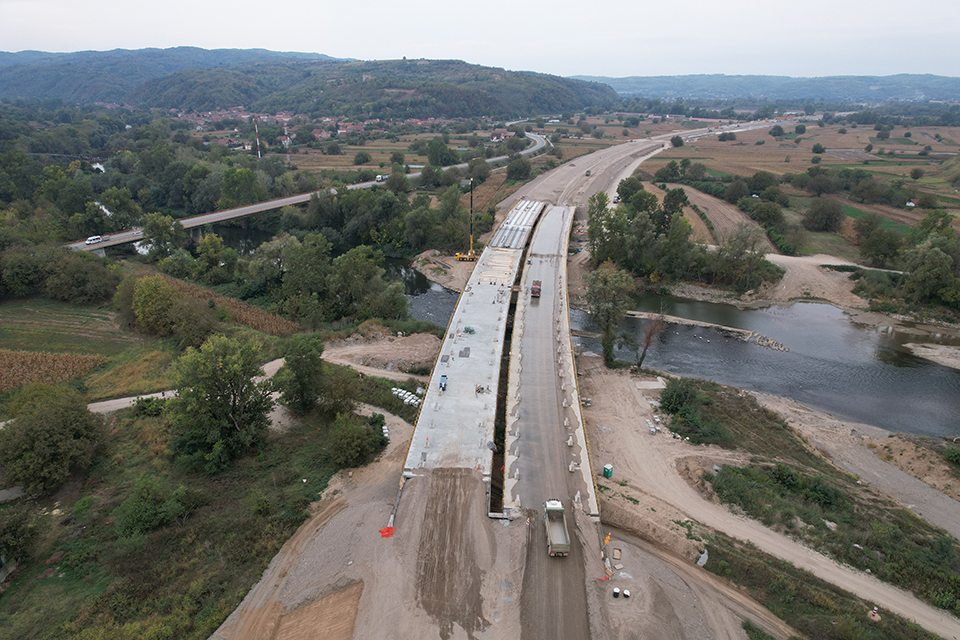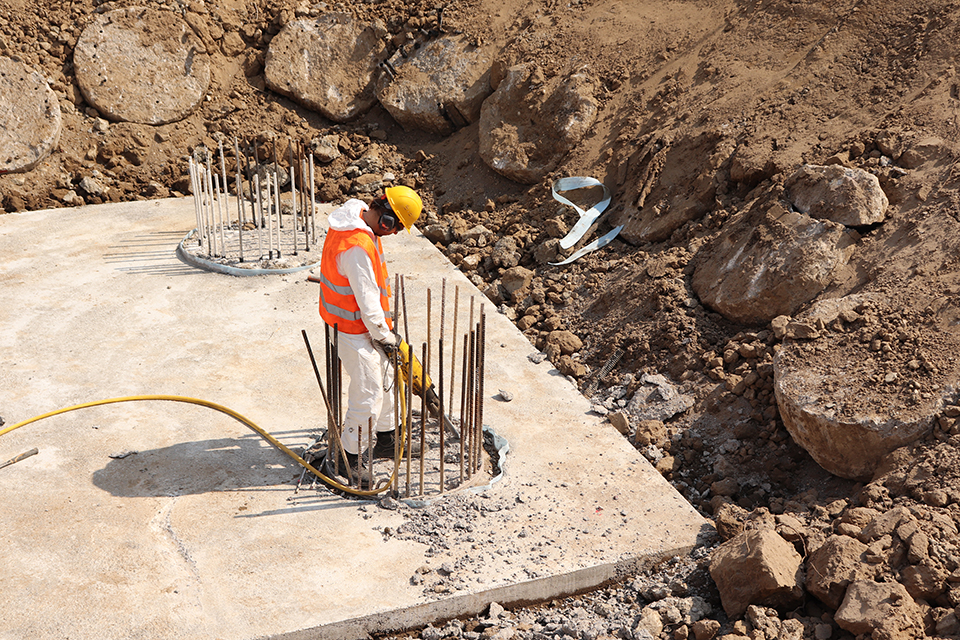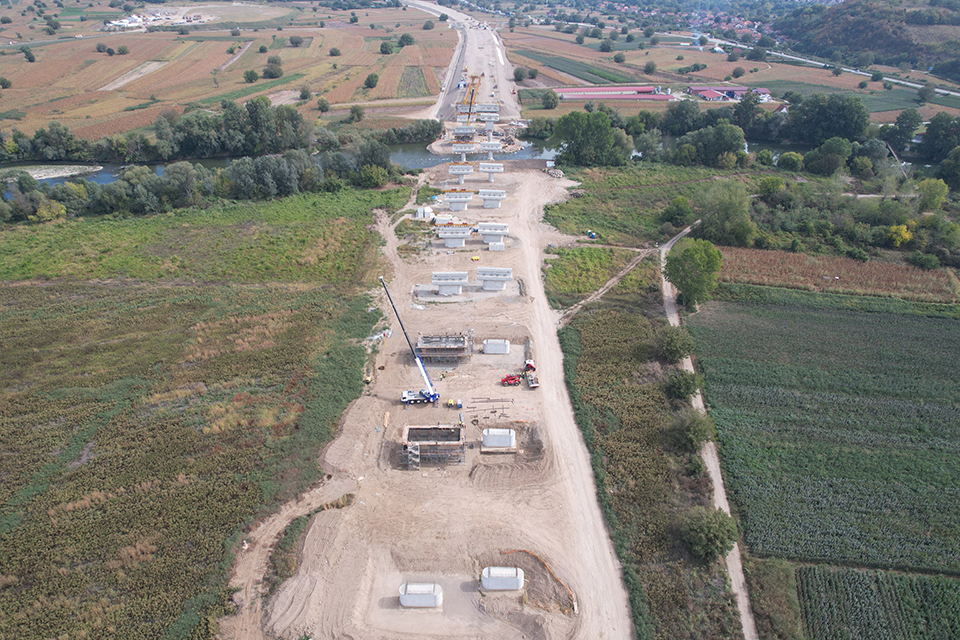In the globalized economy, continued growth requires easy and accessible movement within and across borders. Better transportation enables stronger relationships between communities, big and small, increasing opportunities for trade, jobs, and further investments.
To boost economic development and create stronger ties to the surrounding region, the Serbian government is transforming its transportation infrastructure with the Morava Motorway. The motorway will improve connectivity, efficiency, and traffic flows in established central Serbian and Pan-European corridors, and it will include an expansive telecommunication network to support local communities.
About the project
Totaling 112 kilometers, the dual-carriageway tolled motorway will be the country's second major transport artery. It will connect east to west, from Pojate to Preljina, and link the North-South motorway between Serbia's border with Hungary and North Macedonia. The corridor will fit into a larger transportation network spread throughout the Balkans as part of a regional plan to improve trade links and build ties to Western Europe.
The government plans to create three industrial zones along the corridor, supported by the telecommunication network, which will help the economic development of the local municipalities.
Construction began in 2020, and Bechtel, in a joint venture with ENKA, Turkey’s largest construction company, expects the first two sections to be completed during 2023.
Building trade links
The motorway is of critical importance to the economic development of the Morava River Valley and Serbia’s transport infrastructure, the Serbian government said.
By linking to Corridors X and XI, which run north and south to Austria and Greece, the Morava Motorway will expand access to markets in Slovenia, Croatia, North Macedonia, Italy, and Romania. Additionally, the motorway will connect with commercial centers such as Sarajevo, the capital of Bosnia and Herzegovina, and Bar, a port city in Montenegro.
Connections created by the project go beyond Eastern Europe. In October 2021, the project received a €430 million guaranteed loan by U.K. Export Finance as part of an exporter agreement. It is the first export credit deal concluded by Serbia’s Ministry of Finance and BEJV. The agreement will create a value of €150 million for the U.K. economy.
Digital corridor
Beyond the economic benefits, the motorway will have the potential for 1,000 kilometers of fiber optic cable being laid to create a digital corridor. The network will be built using power lines, communication cables, and substations and will include mobile phone base stations at rest areas and near traffic loops to help manage traffic controls.
Not only will the digital corridor provide a fast and reliable exchange of information, but it will enable safe traffic and comfortable use of the motorway and allow for highspeed broadband internet to be fed into the economic development zones.
When designing the digital corridor, the engineering team planned for the next 100 years, incorporating current-day technology along with the flexibility to handle the technology of tomorrow.
Flood solutions
Since the motorway is being built along the Morava River’s flood plain, innovative engineering solutions will be used to address flooding concerns and cope with 100-year flood events. The flood mitigation system is the first of its kind in scale to be built alongside a motorway in the Balkans, and it involves channeling and straightening the river along a 40-kilometer stretch to protect the road and the surrounding area without impacting towns or increasing flooding elsewhere.
Construction will include a variety of extra flood protection measures, such as long river diversions, dikes, and the construction of new riverbeds due to the wide flood plain of the river. Excavated material from the river diversion will be used to build the embankments and to build the motorway above ground level. Additionally, Bechtel and ENKA will build a flood defense system to protect areas around the motorway from flooding, erosion, and water pollution, reflecting the government’s commitment to strengthen national infrastructure and create resilience against extreme weather conditions.





